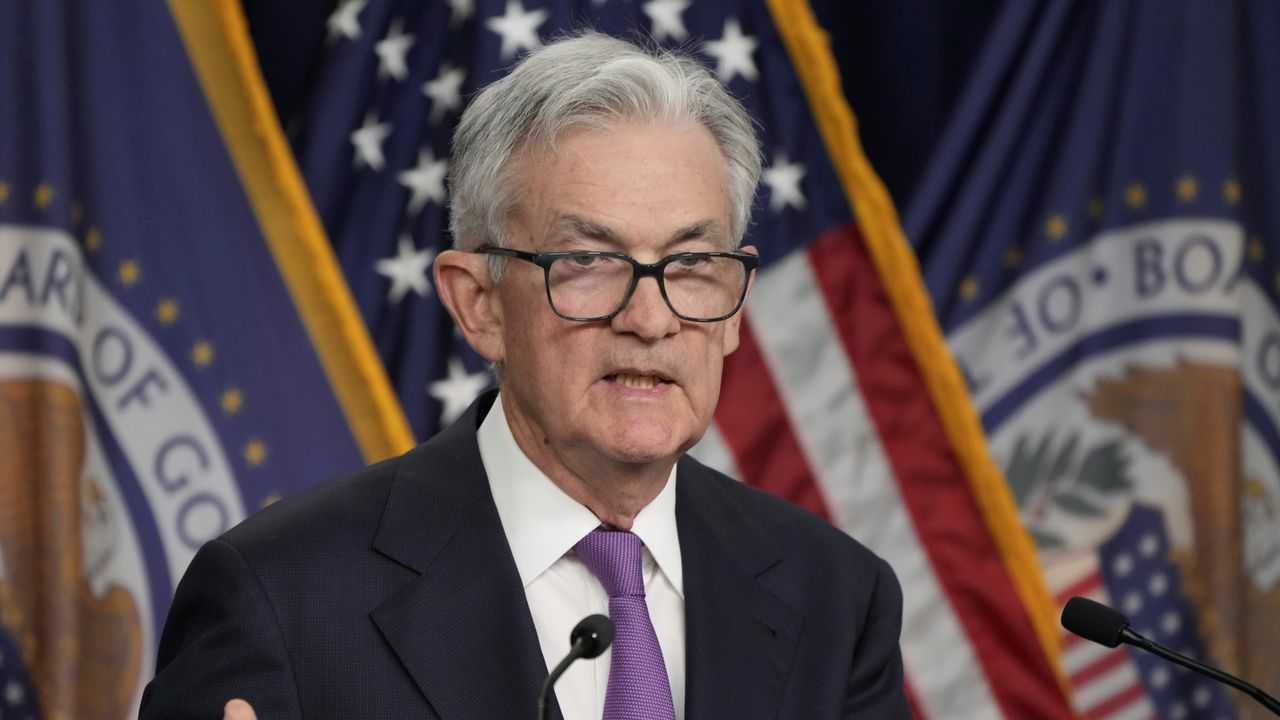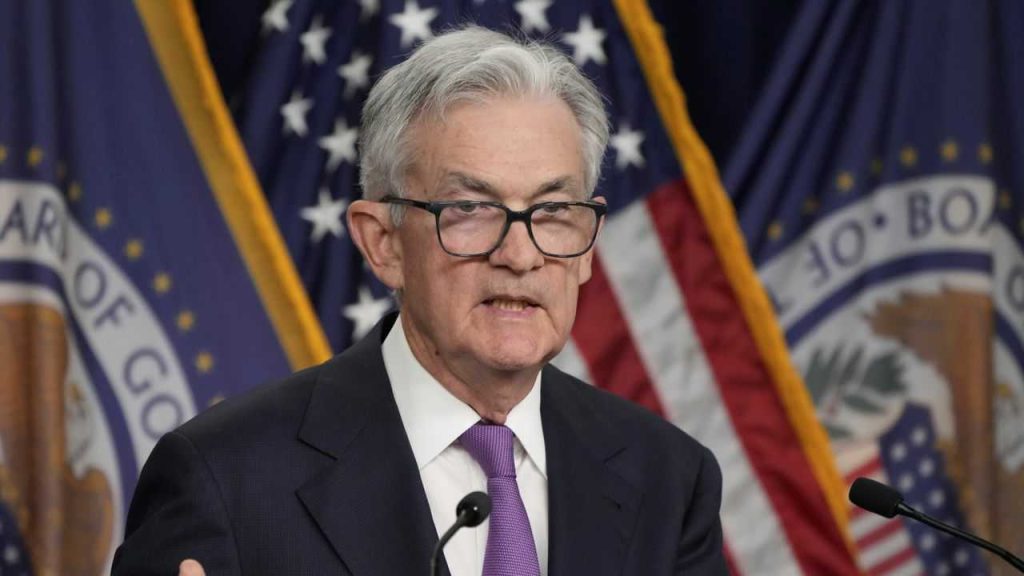
Fed pauses rate increases but indicates more to come
By Nick Beams
The US Federal Reserve decided not to lift interest rates at its meeting yesterday, in line with market expectations. However, it signalled it could raise them again in at least one of its two scheduled meetings remaining for this year.
After instituting a steep climb in rates, from near zero in March 2022 to their present level of 5.5 percent today, the statement issued by the Federal Open Mark Committee (FOMC) said tighter credit conditions were likely to weigh on economic activity, hiring and inflation. The extent of these effects was uncertain and it remained “highly attentive to inflation risks.”
While it is not officially stated, the biggest “inflation risk” is that workers break out of the straitjacket, to which they have so far been confined by the trade union bureaucracy, and undertake a unified struggle for wage increases to compensate for the decades-long reduction in their living standards.
As the meeting was taking place, that prospect was in evidence in the struggle of auto workers and the mounting anger over the efforts of the United Auto Workers union to atomise their struggle.
In his prepared remarks to a press conference following the meeting, Fed chair Jerome Powell again insisted that the “labour market remains tight.” Although the jobs to workers gap had narrowed, labour demand still exceeded the available supply—a situation the Fed is out to reverse.
It wants the unemployment rate to rise, with projections by members of the FOMC—the so-called dot plot—putting the jobless rate at 4.1 percent next year, up from its present level of 3.8 percent.
“FOMC participants expect the rebalancing in the labour markets to continue, easing upward pressures on inflation,” Powell said. His comment made that the central target in the “fight” against inflation is the wage demands of the working class.
Signalling that the decision not to lift rates, characterised as a “hawkish pause,” did not mean the end of hikes, Powell said that “the process of getting inflation down sustainably to 2 percent has a long way to go.”
The decision to hold rates steady did not mean that policymakers had decided that monetary policy was sufficiently restrictive, he added.
Pointing to the dot plot projections, Powell said: “You will see that a majority of participants believe that it is more likely than not… it will be appropriate for us to raise rates one more time in the two remaining meetings this year.”
In a revealing comment he said that a so-called soft landing for the US economy was not yet his baseline view.

“It’s a good thing that the economy has been able to hold up under the tightening that we’ve done… if the economy comes in stronger than expected, that just means we’ll have to do more in terms of monetary policy to get back to 2 percent.”
This comment expresses the perversity of capitalist economics from the standpoint the mass of the population.
The stronger the economy, the more job opportunities there are and the greater the possibility for an increase in living standards. However, as far as the Fed is concerned that is the great danger.
This perversity is not the product of a faulty mindset or thinking. It is an expression of the essential class logic of the profit system and the Fed’s policy. Economic growth must be repressed by monetary policy because it puts workers in a stronger position to fight to increase their living standards by clawing back some of the vast profits extracted from their labour.
In its statement on the latest decision, the FOMC said in determining future policy it would take into account a wide range of information including “financial and international developments.”
In these areas, there are growing problems. Over the past month, reports by three major organisations—the Fed, the Financial Stability Board, and the Bank for International Settlements—have pointed to the return of risky speculative bets by hedge funds in the US Treasury market. In March 2020 this led to a freeze in its operations.
The potential for further financial turmoil is being increased by rising global debt. This week the Institute for International Finance (IIF) reported that global debt had hit a new record high of $307 trillion in the first six months of the year after rising by $10 trillion.
Besides creating the conditions for turbulence in financial markets, the rise in debt has major social implications because it is being accompanied by rising interest rates. The US is a significant contributor, with the national debt hitting $33 trillion this week.
According to Emre Tiftik, the lead author of the IIF report: “Our concern is that countries will have to allocate more and more to interest expenses.”
In other words, in developed and less developed countries alike, spending on social services, health, education and other necessary facilities will have to be cut to meet the demands of bond holders. Already in many countries, interest payments, along with increased military outlays, are becoming the fastest growing area of government spending.
The attacks on the wages and social position of working class via the interest rate rises, spearheaded by the Fed, is taking place under conditions of a marked slowdown in the global economy.
In a report this week, the Organisation for Economic Cooperation and Development (OECD), covering 38 developed economies, insisted that interest rates had to remain high even as there were signs of stress in the world economy.
That report said global growth would remain subpar, around 3 percent this year, falling to 2.7 percent in 2024 with some areas slowing to a crawl, especially in Europe where the German economy is set to contract this year.
No matter what the cost, all the representatives of the peak capitalist economic bodies insist that the monetary policy war against the working class must continue.
Speaking to its latest report, OECD chief economist Clare Lombardelli said: “We’re seeing monetary policy have an impact. It’s reining in demand—that’s necessary to tackle this inflation challenge—but it means we have lower growth.”
[This article was originally published by WSWS here on September 20, 2023]

